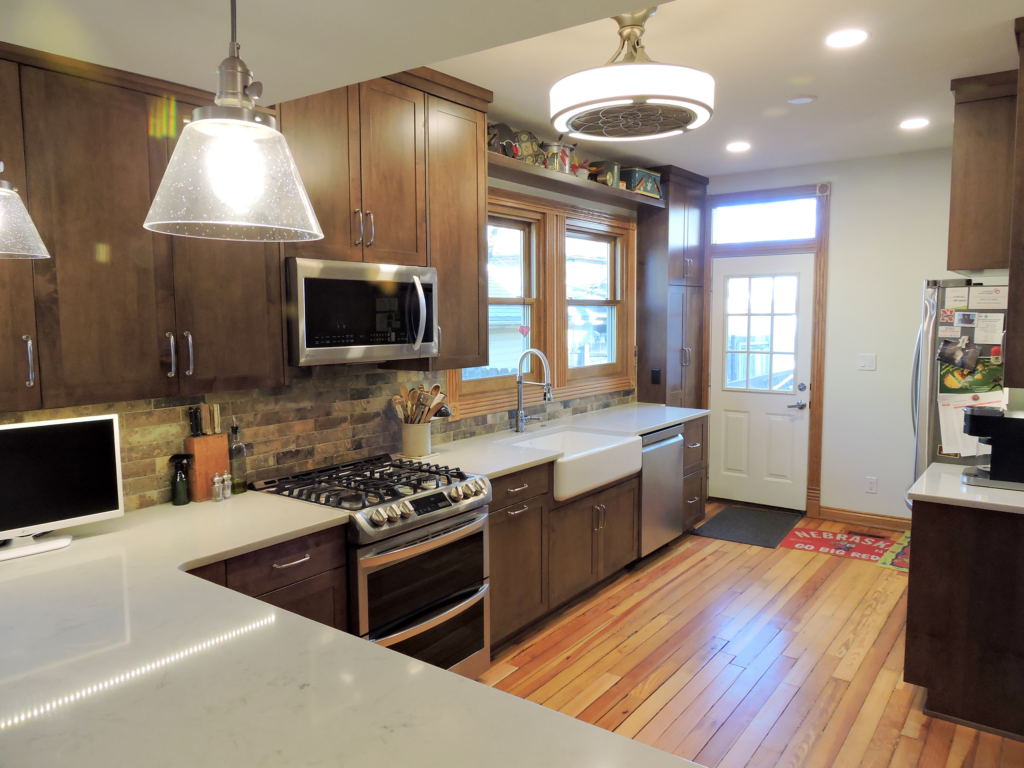Home School Room
Is your student going to be spending more time learning from home this school year? There may be some things you want to address to make the environment more conducive to learning. The space should be inviting and relaxed so your student can learn without feeling uncomfortable. Do you have space available to convert to a classroom, or will the space need to do double-duty during other times of the day? Will the student be working independently, or with supervision?
The workspace is a good place to start. Consider how much room your student needs to work. For online learning, you’ll definitely need space for a computer or laptop. There are lots of options for desks. You can make one by putting a piece of plywood on two short file cabinets, making sure the surfaces are smooth so no splinters can be found and writing is easy. A Murphy desk is another option, one that will fold up when not in use. Make sure the desk surface is the correct height for your learner.
One key factor for any productive space is organization. Supplies should be easy to find, and easy to put away. Consider the items you need to accommodate – how many books you need to store, supplies you need to have at arm’s reach, wall space needed. There are lots of storage and organization options at most home improvement stores. Even the back of a door can be utilized.
Have at least one file drawer for each student where papers and notebooks can be stored when not in use. Making a file for each subject will make things easier to find. If you don’t have a drawer available, use a file stand or cubby that can sit on the desk or nearby.
Lighting is also important, whether it is the ambient lighting in the room, or task lighting on the desk area. Lighting should be bright enough that you can easily see your workspace and projects. Having a window in the room is a bonus for both light and ambiance. It’s always nice to look out a window when you need a little break, rather than feeling like you’re in a box.
Consider the sound in the room, both incoming and outgoing. Is it quiet enough that your student won’t be distracted by noises in nearby rooms? And conversely, will neighboring rooms be distracted by online meetings or other activities? One thing you can do to limit sound is by adding a bulletin board or corkboard on the walls. Adding a rug to a hardwood floor will also help muffle sound.
If you are building a classroom (or new home office) from scratch, say putting one in an unfinished basement, you have the opportunity to address things like lighting and soundproofing before the room is finished. Some options to consider are recessed lighting in the ceiling, and soundproofing in the walls. Make sure you have plenty of outlets in the space, and address any other electrical necessities.
Some things that should not be in the room are items that can distract your student from the task at hand, especially when he is alone. Games and toys should be out of sight to keep distractions to a minimum. Meals and recreation should be conducted outside of the “classroom” so there is as much of a mental break as possible, and so the class space is associated with learning. If you need an art ‘room’ consider using the kitchen table. It’s near a water source and easy to clean. If the class space will have other uses, putting school items away in an organized way will help ‘shut the door’ on the school day and allow the room to transform for other uses.
Sidebar
Let’s Talk
Request a no-hassle consultation with our team today.





















